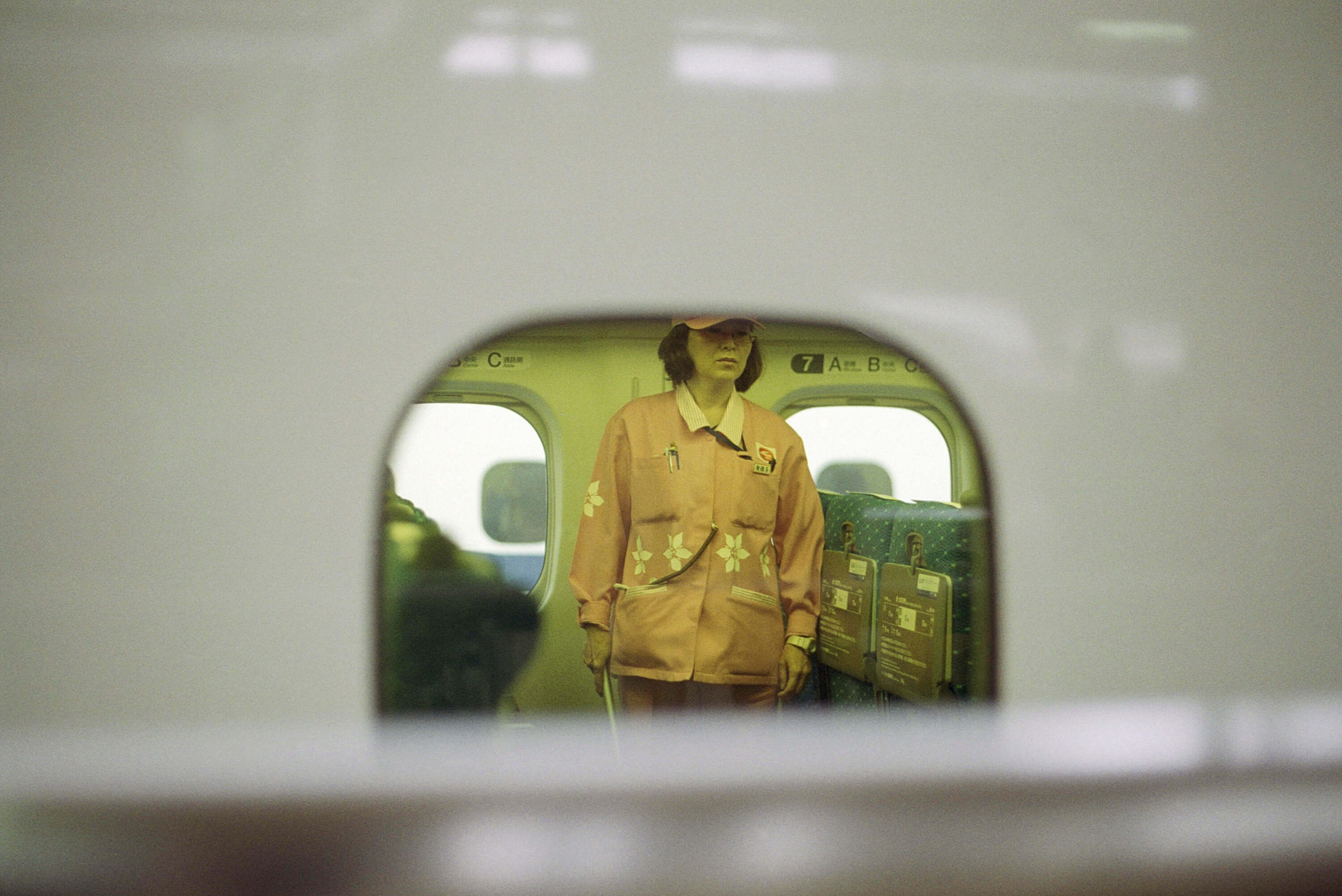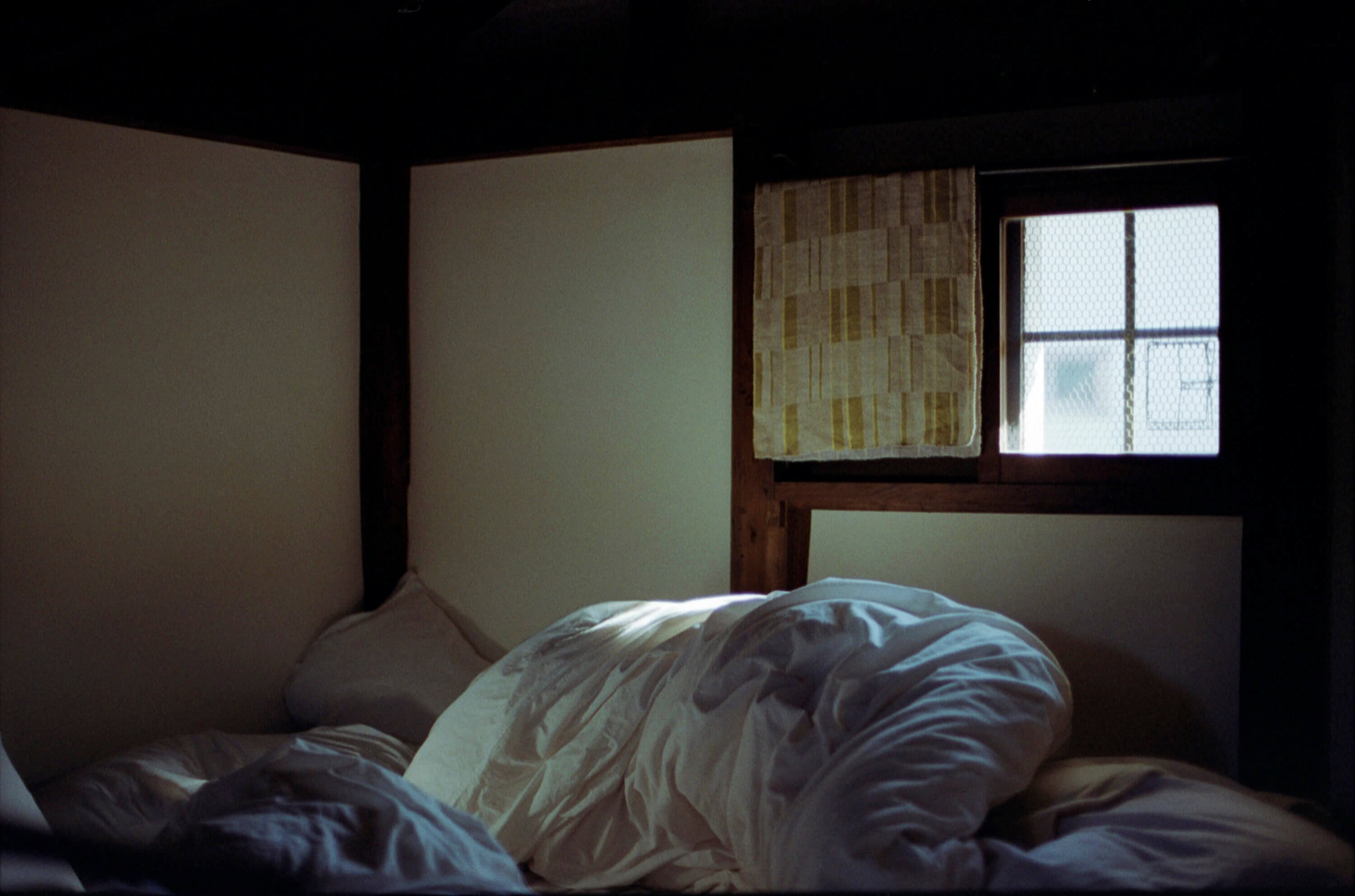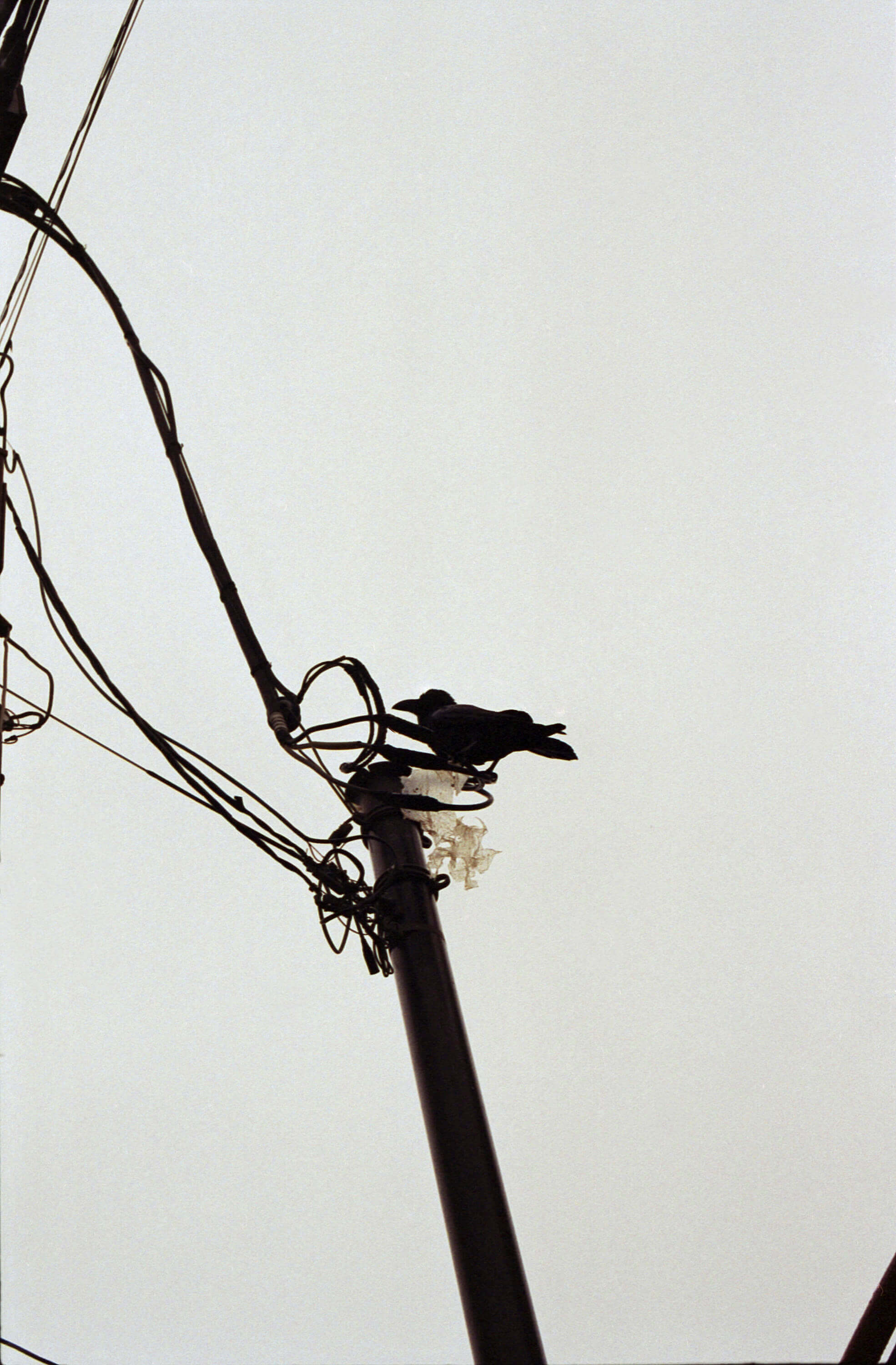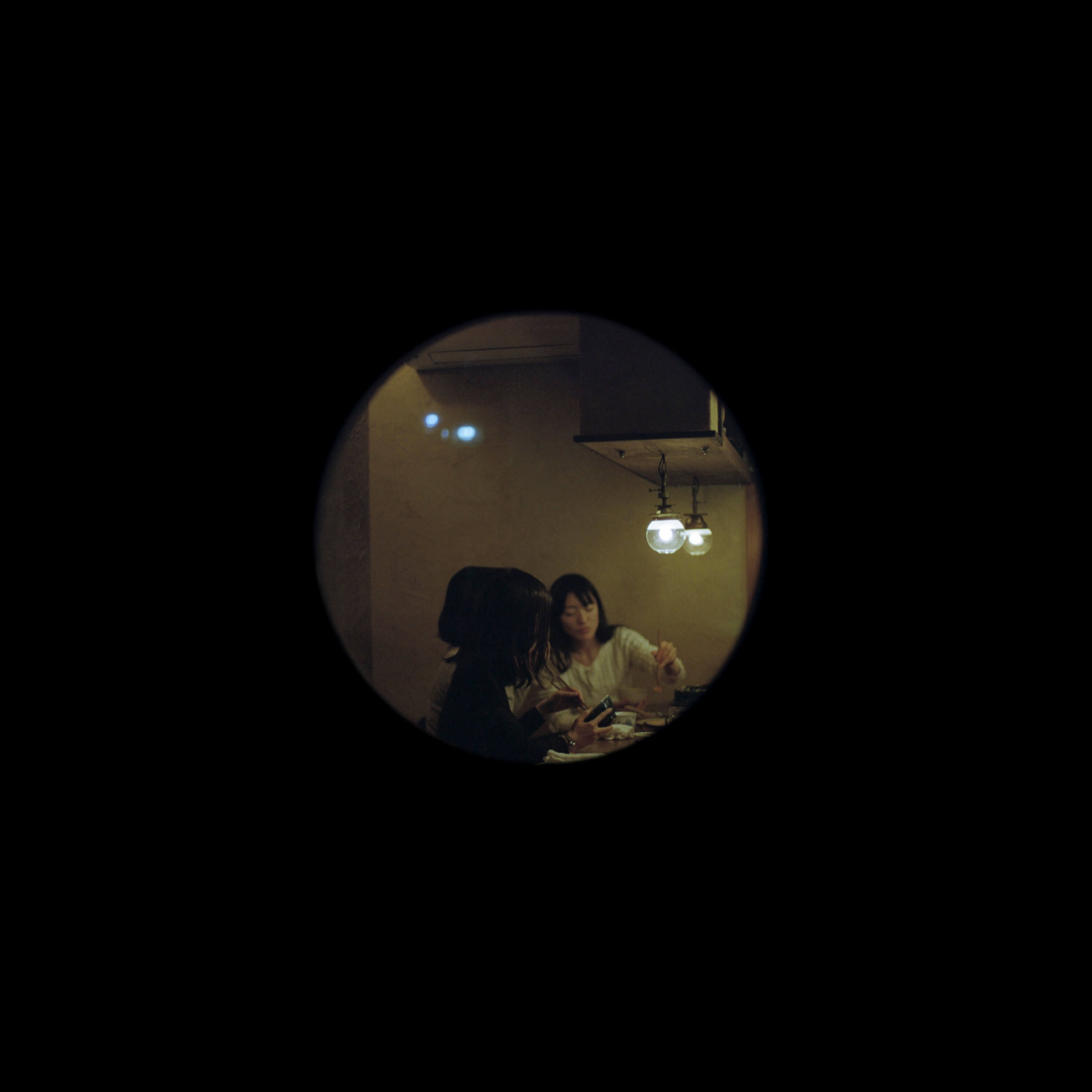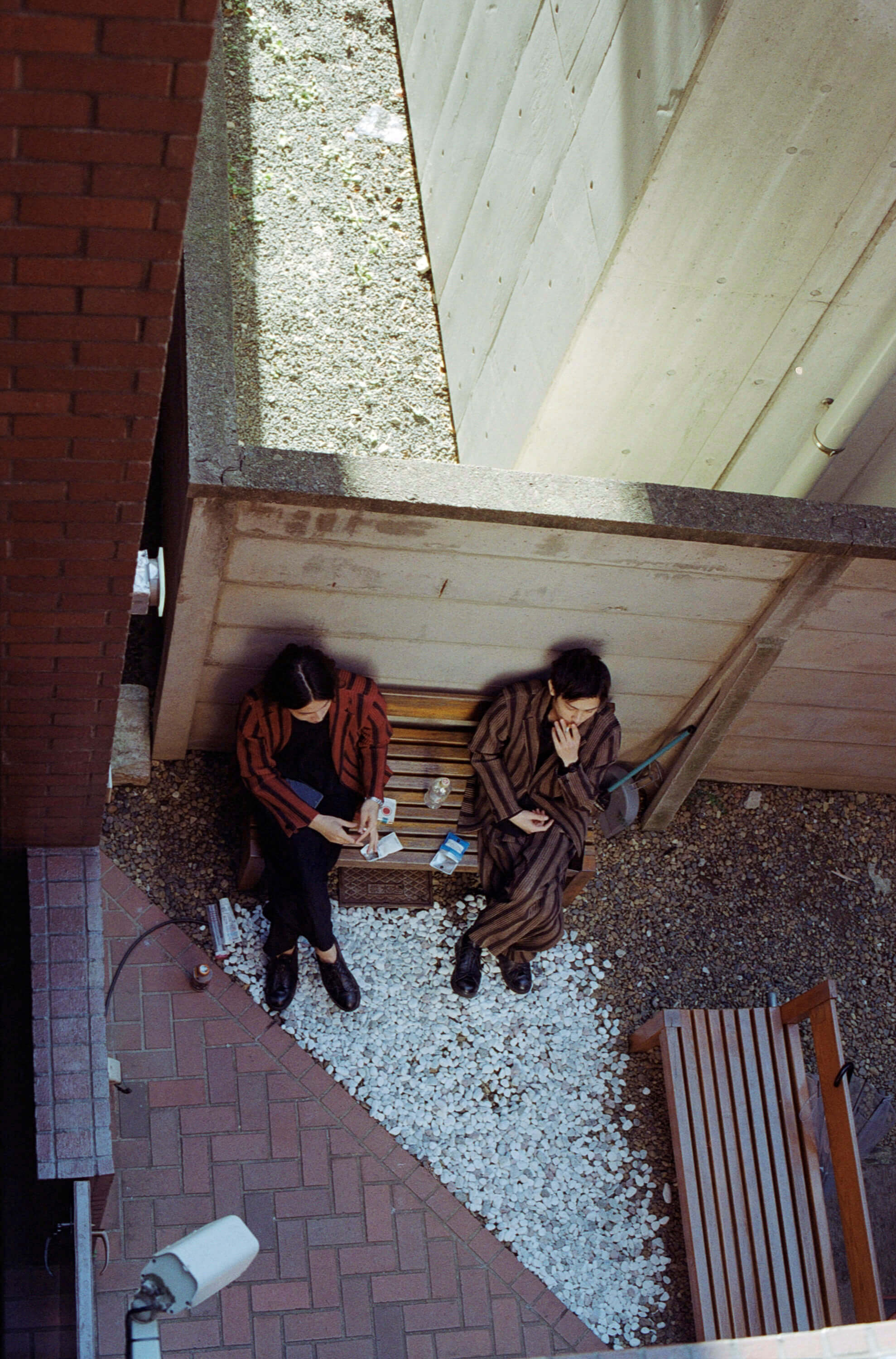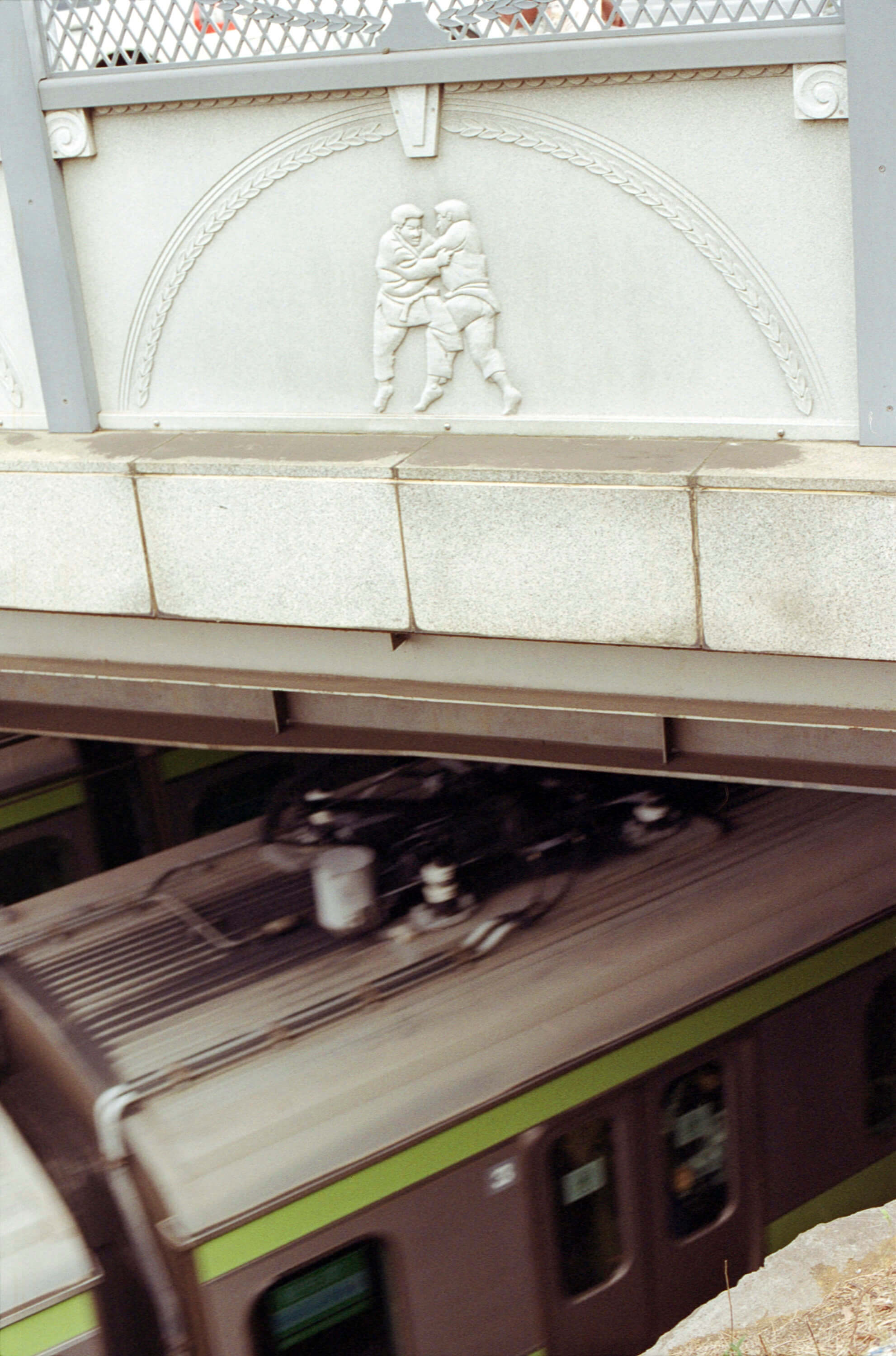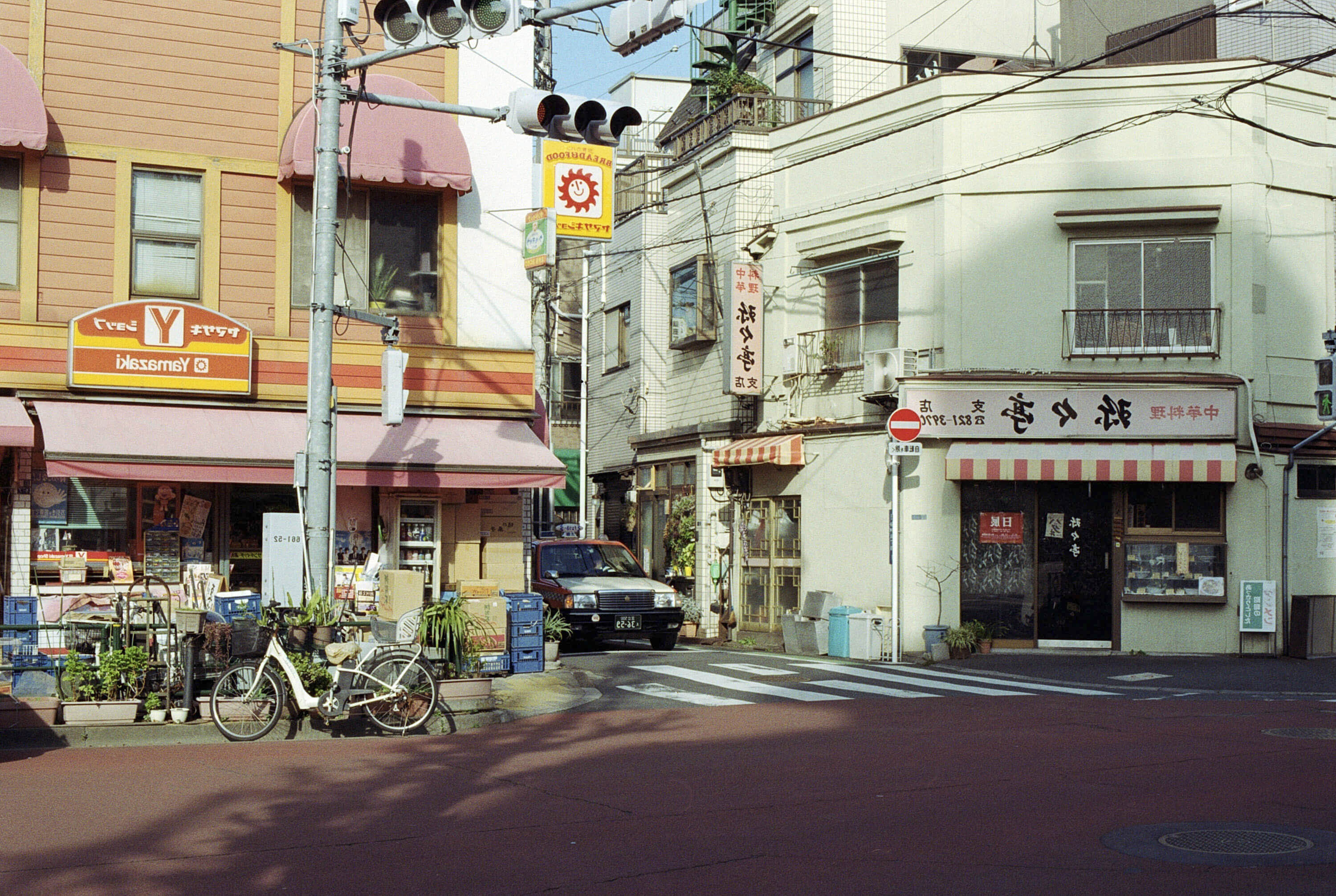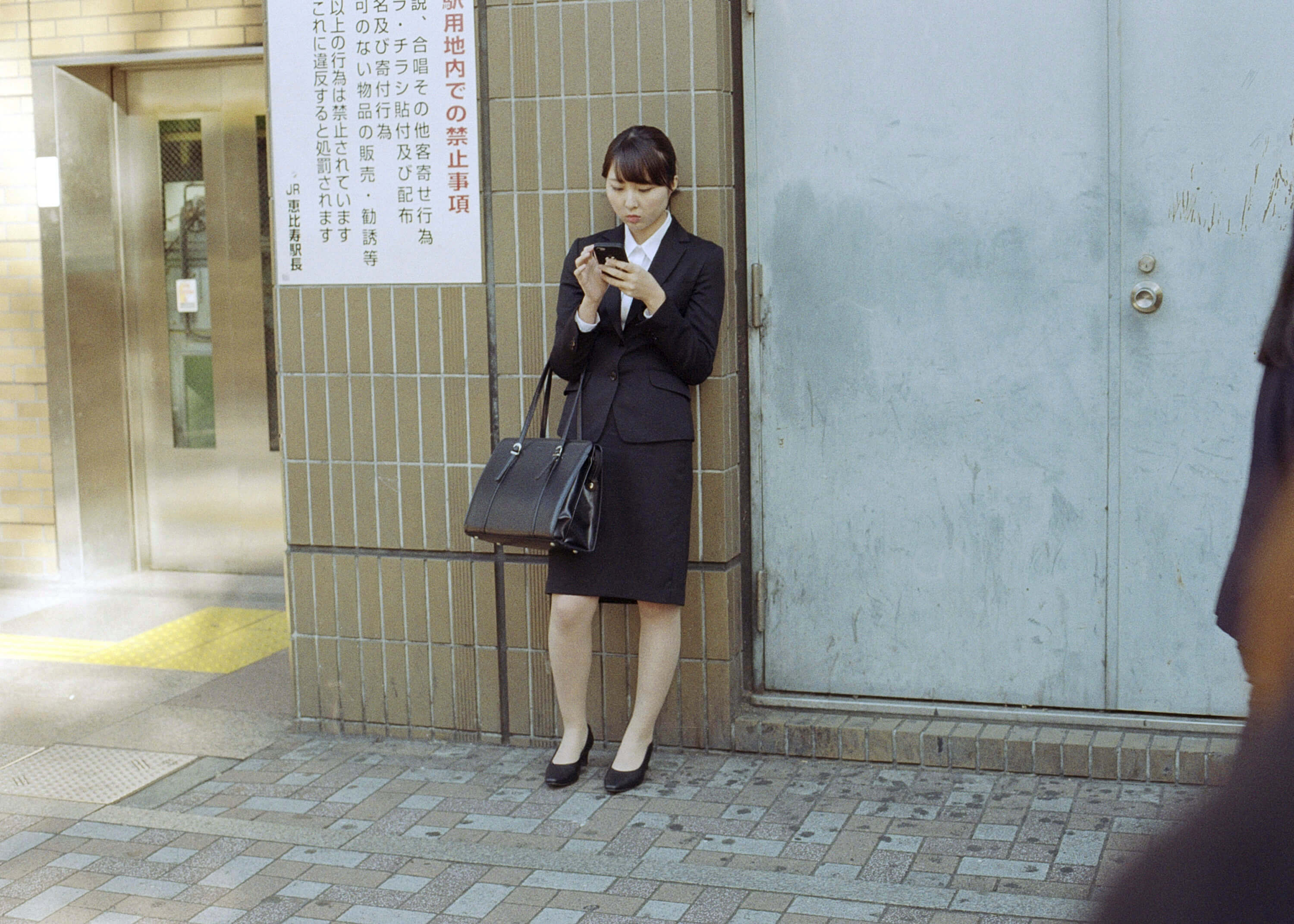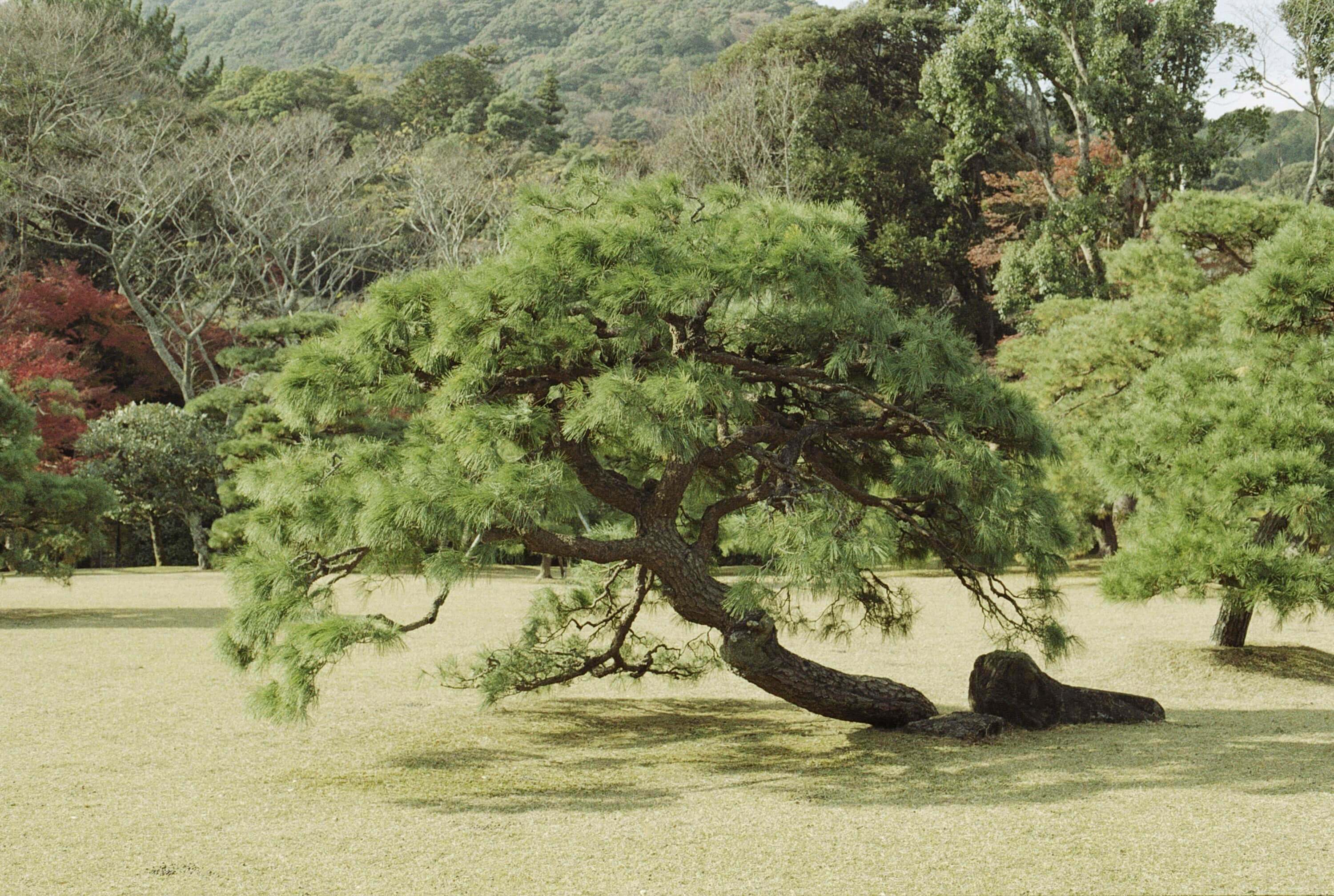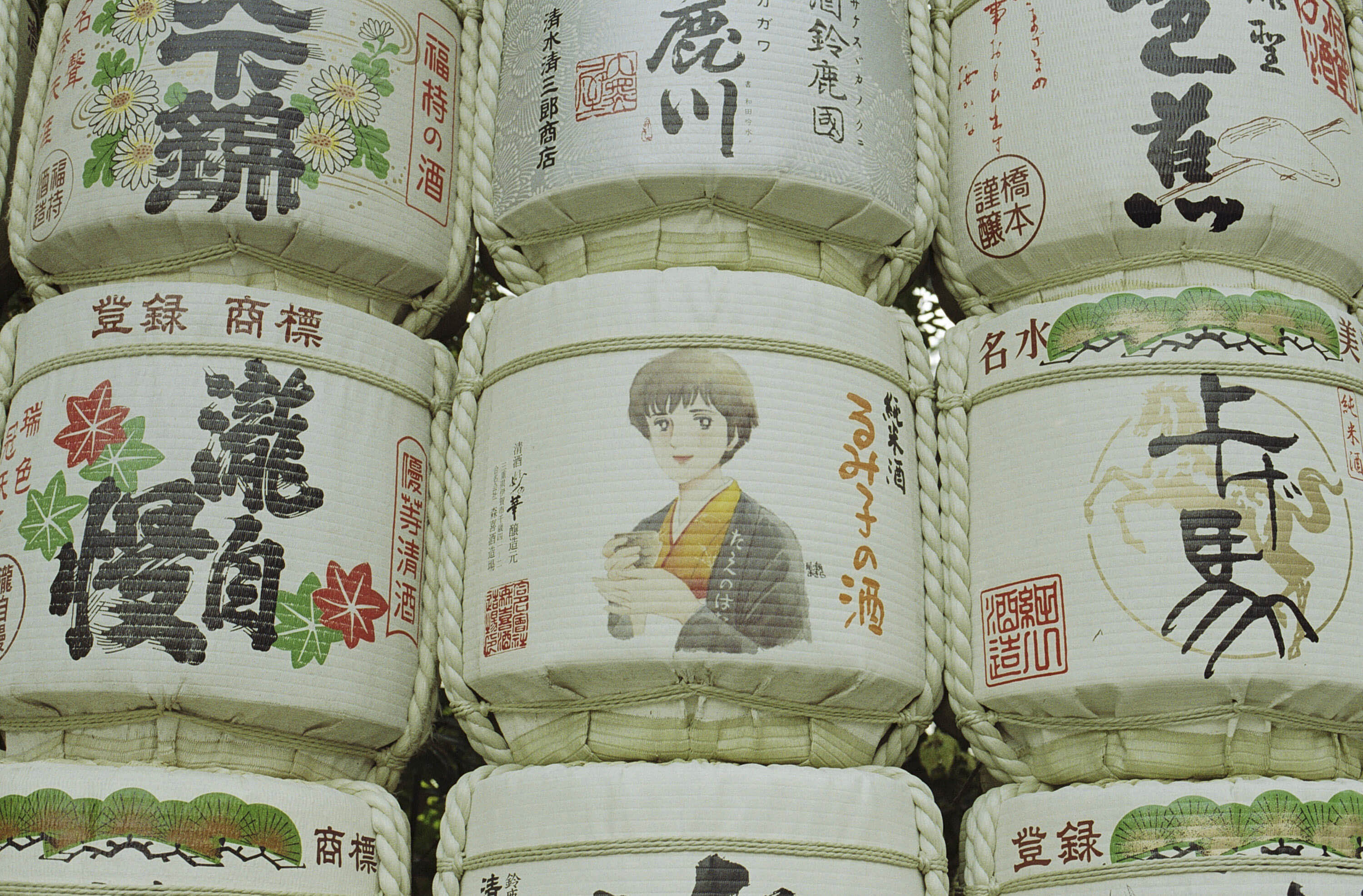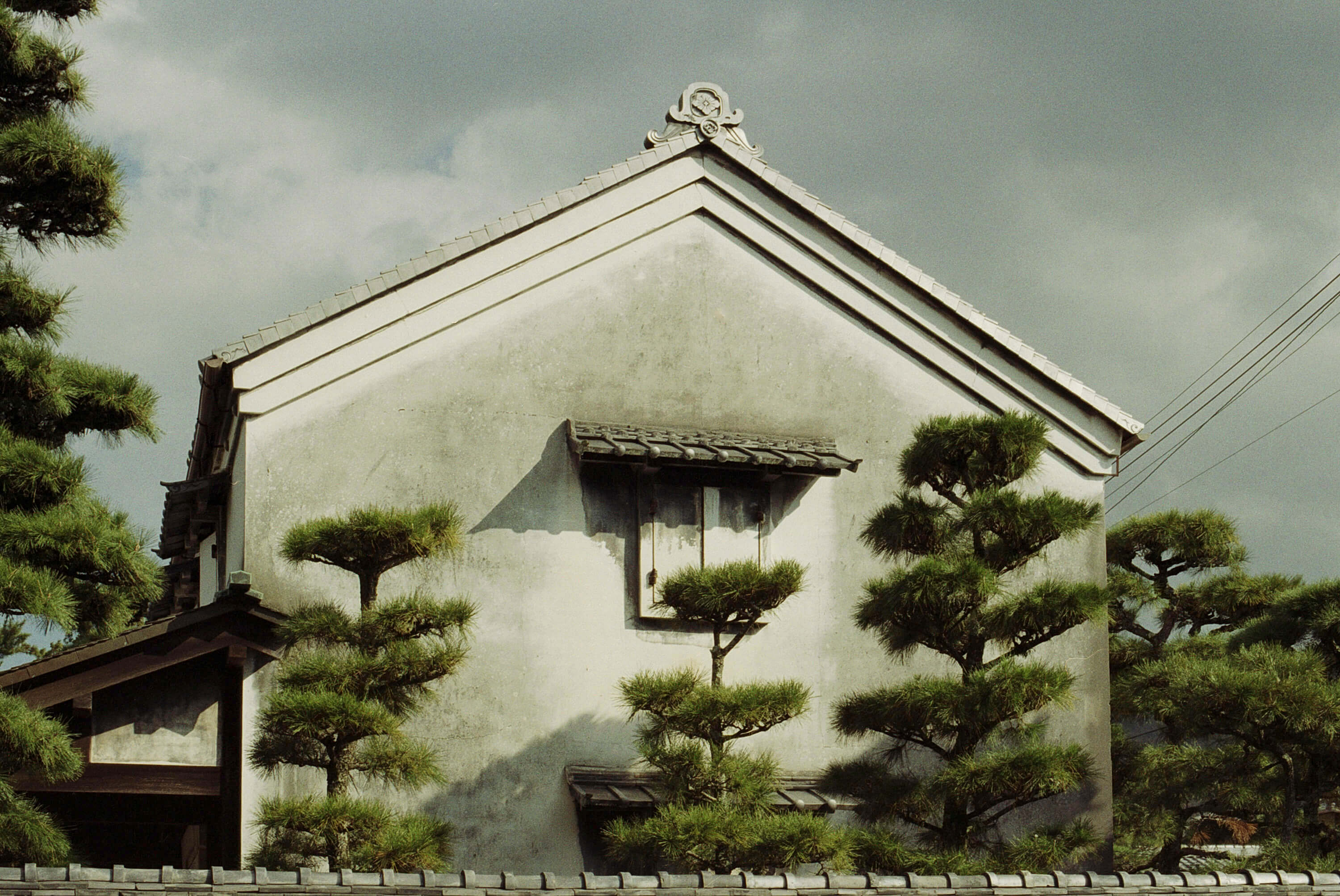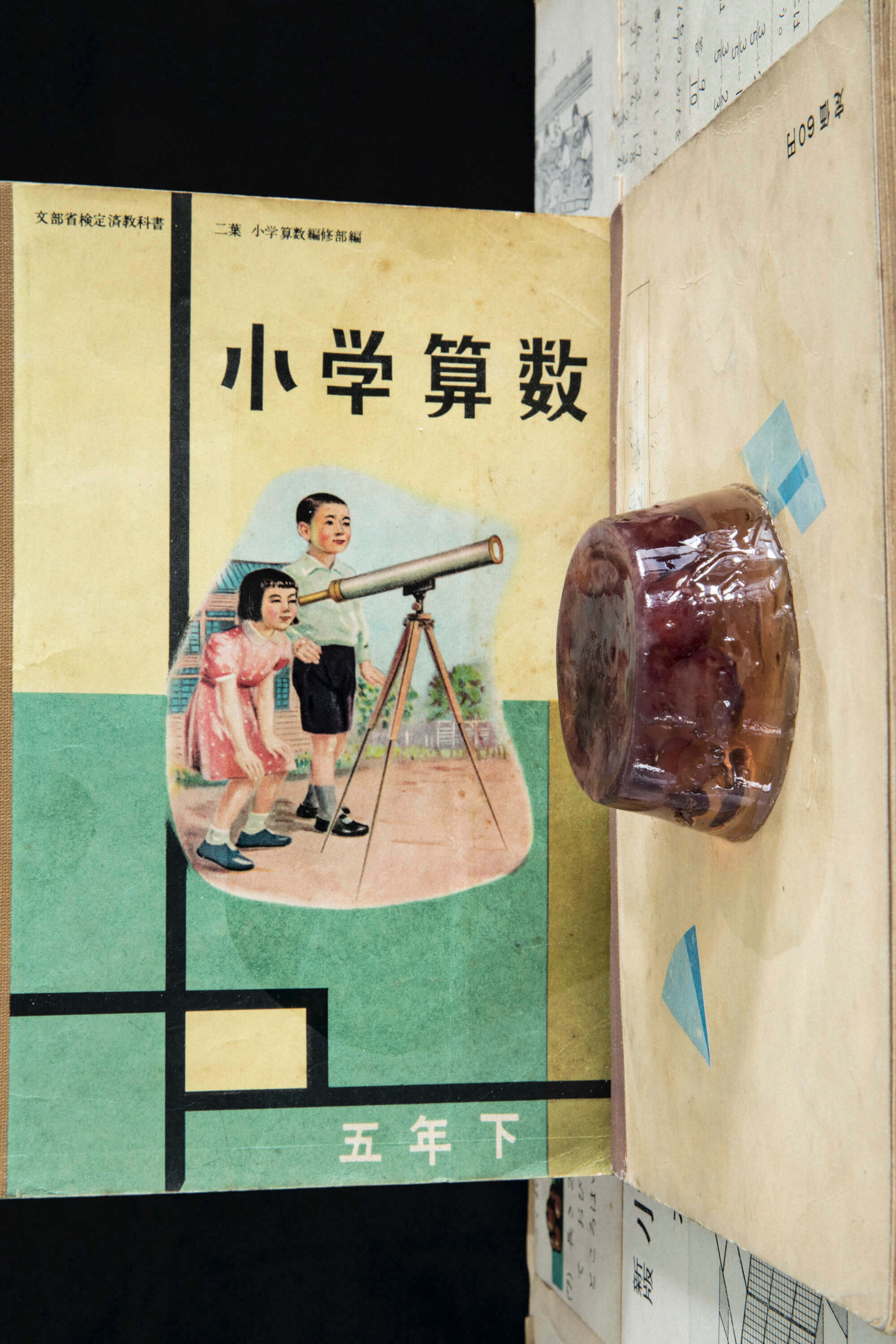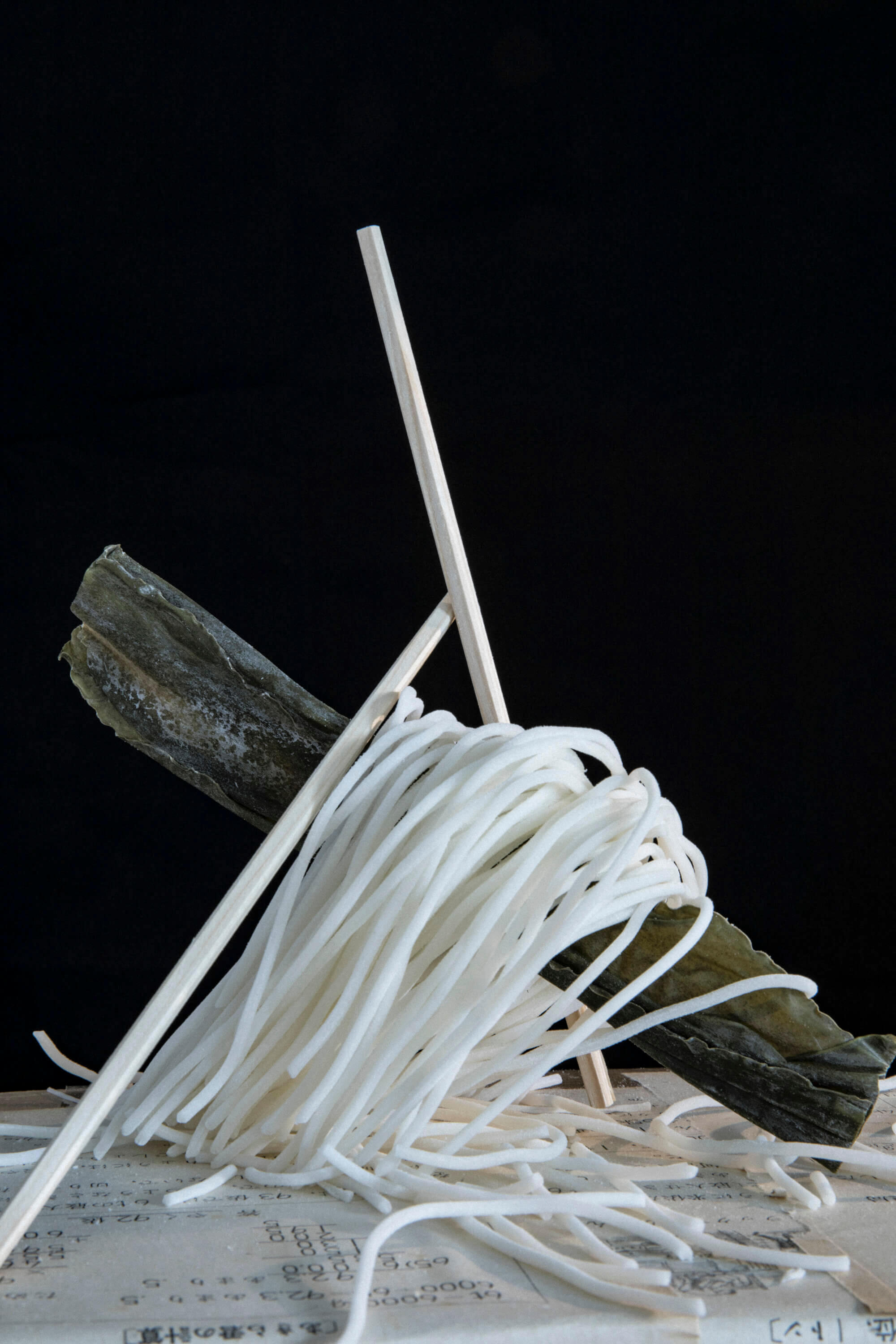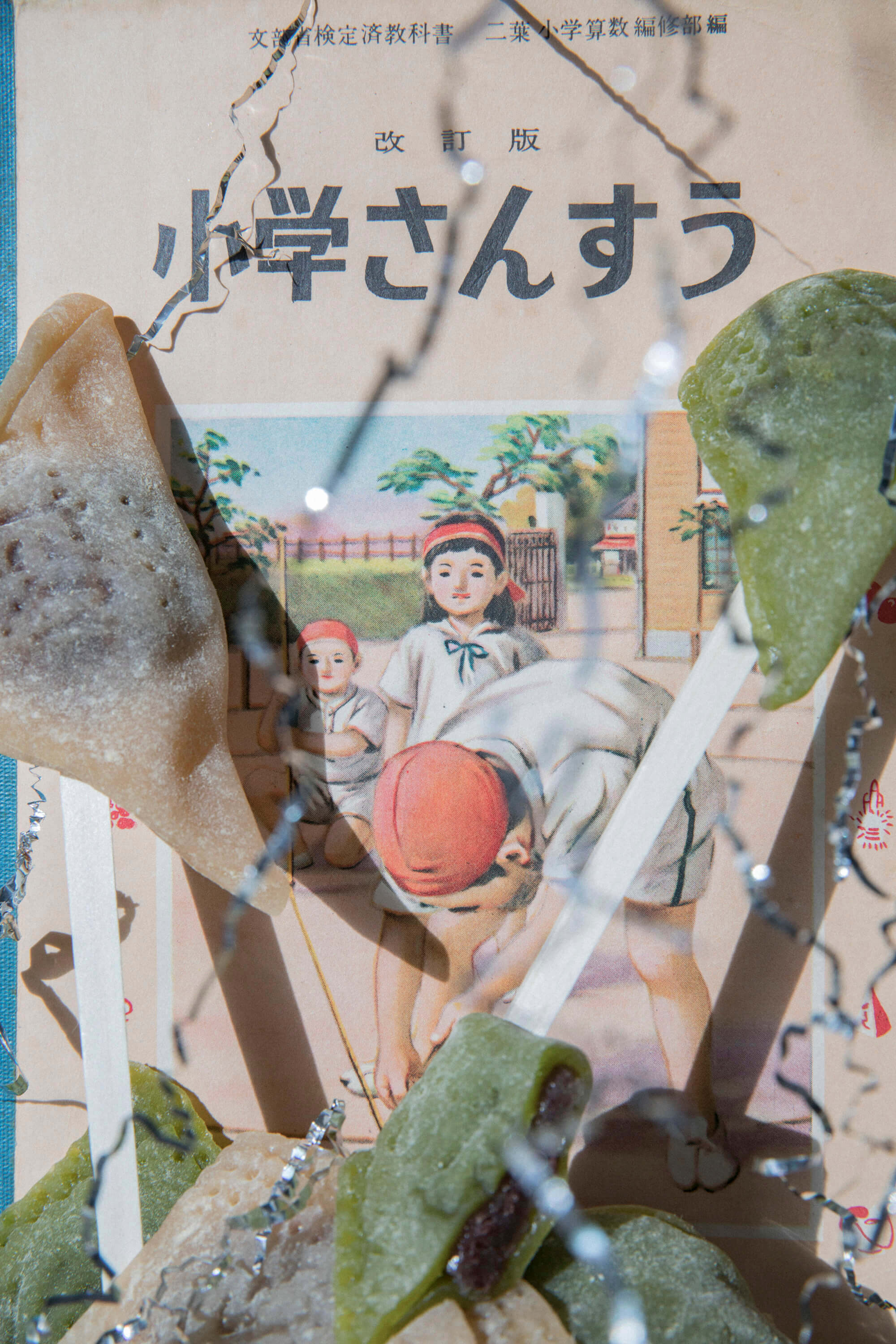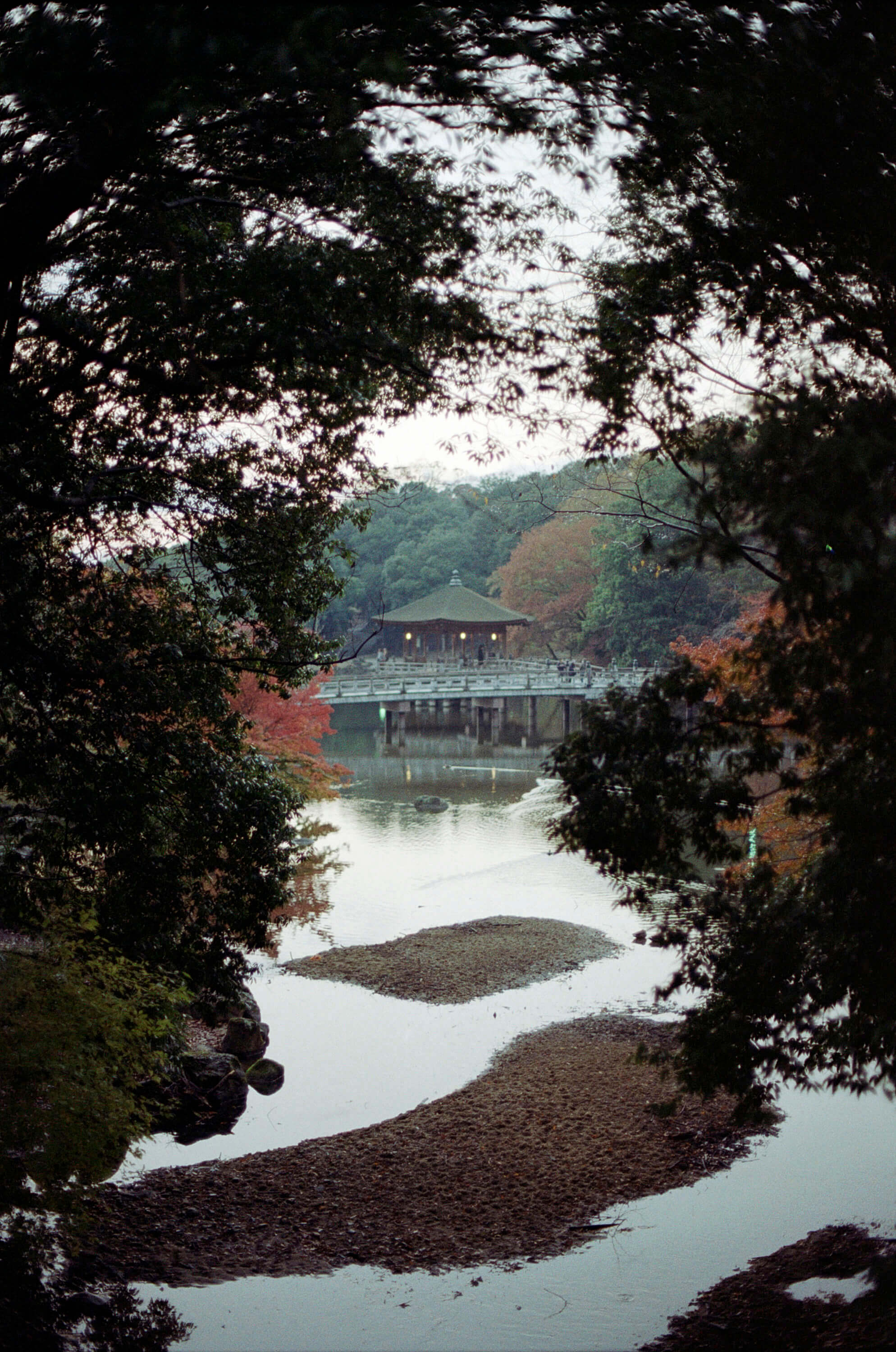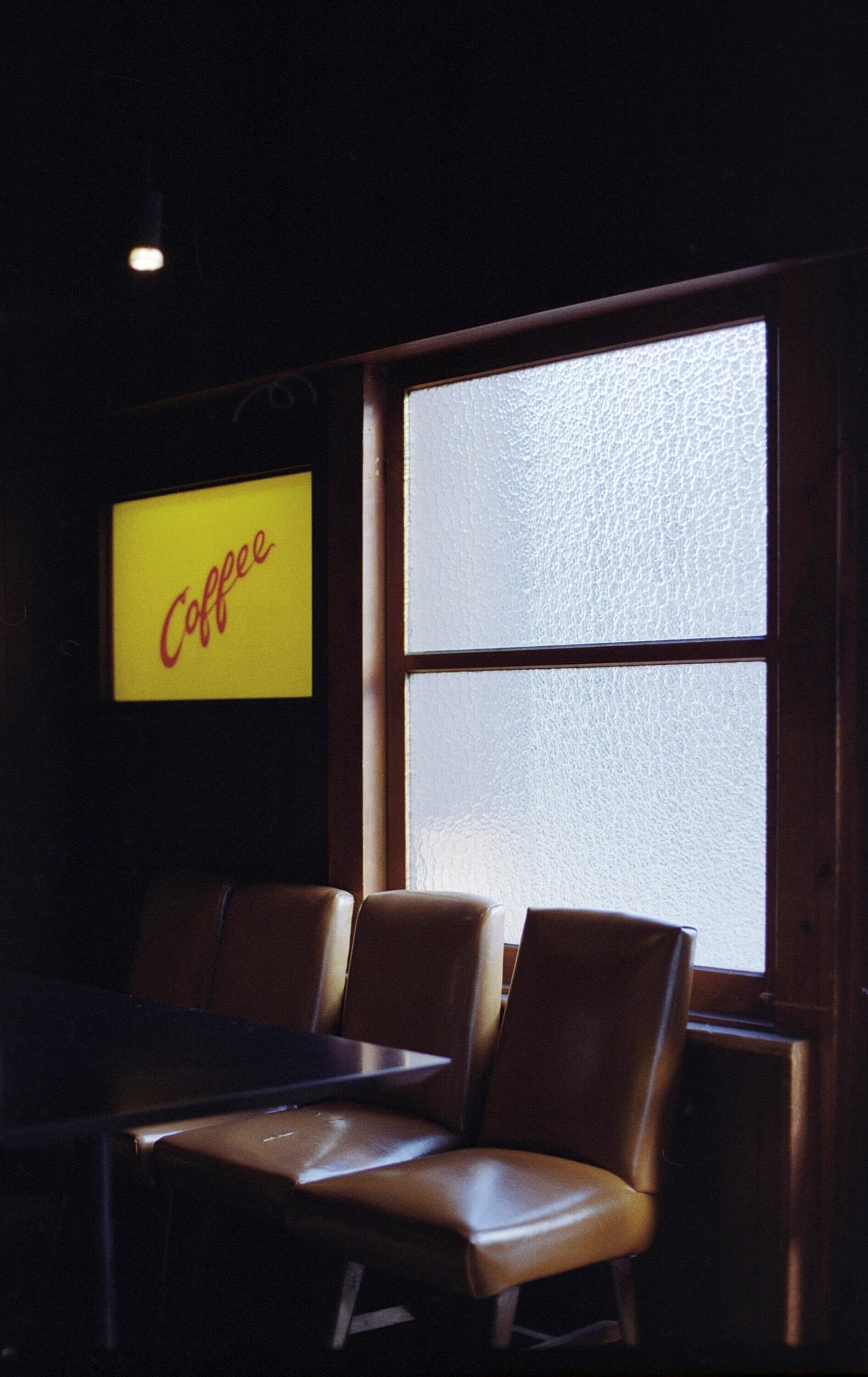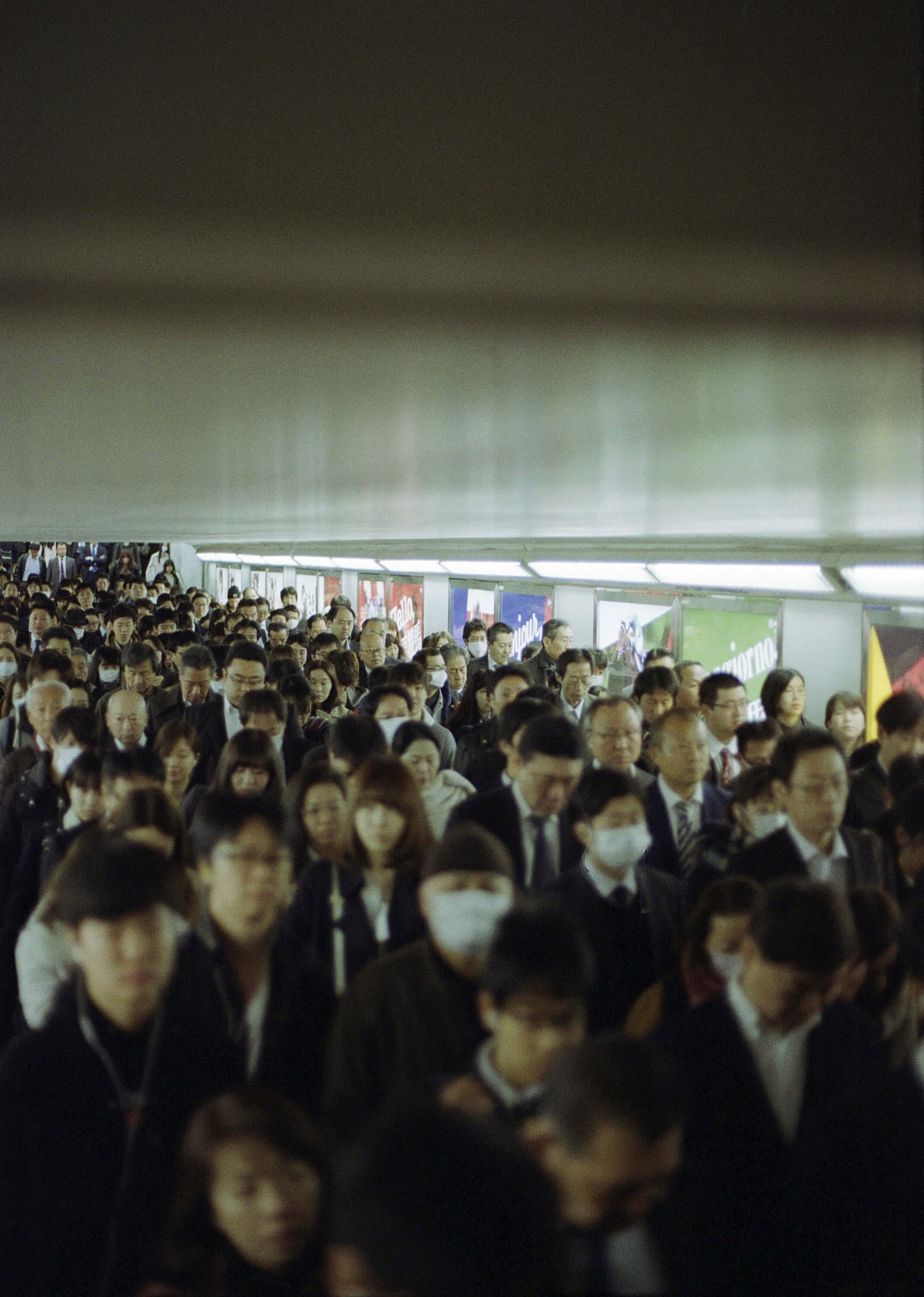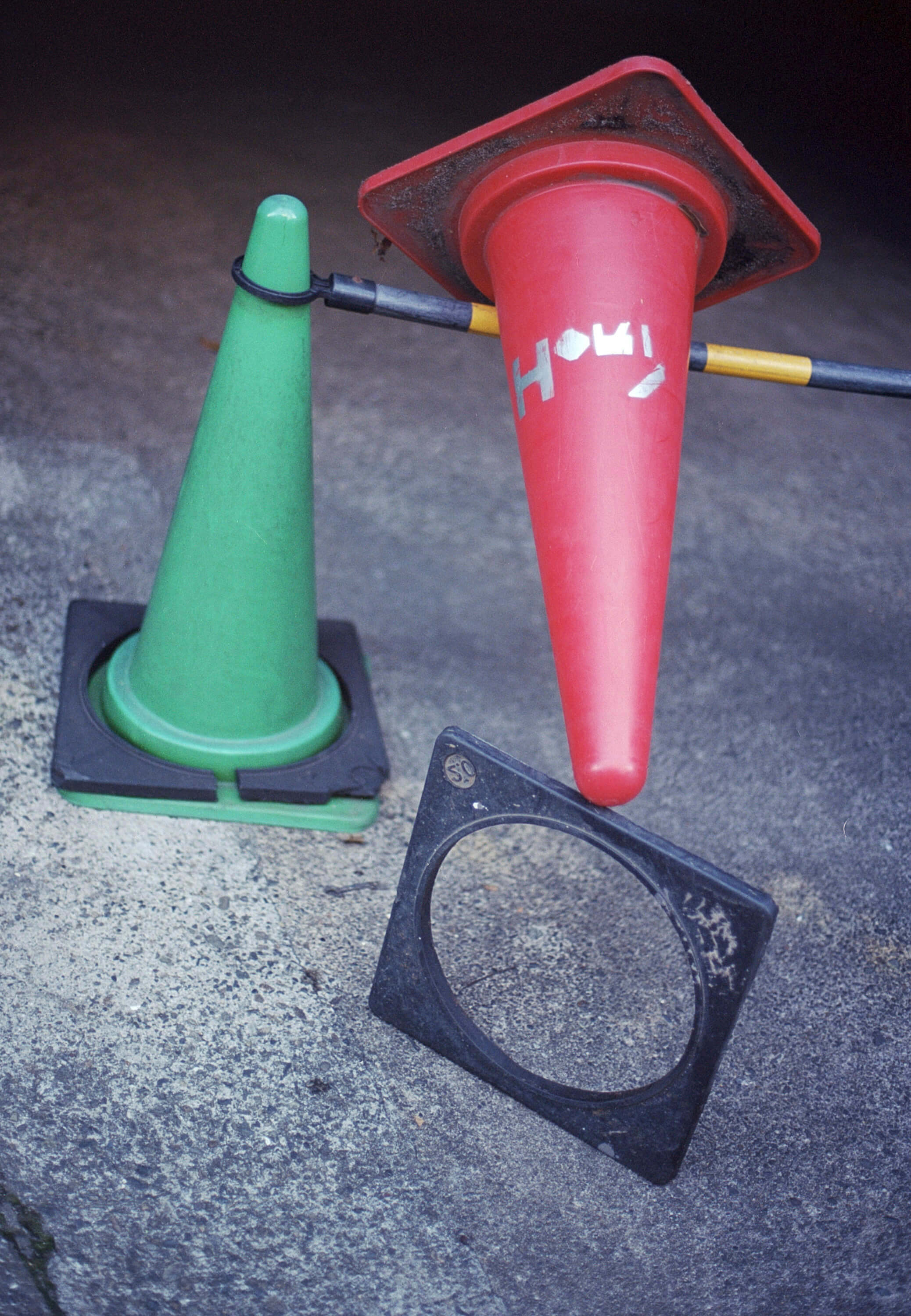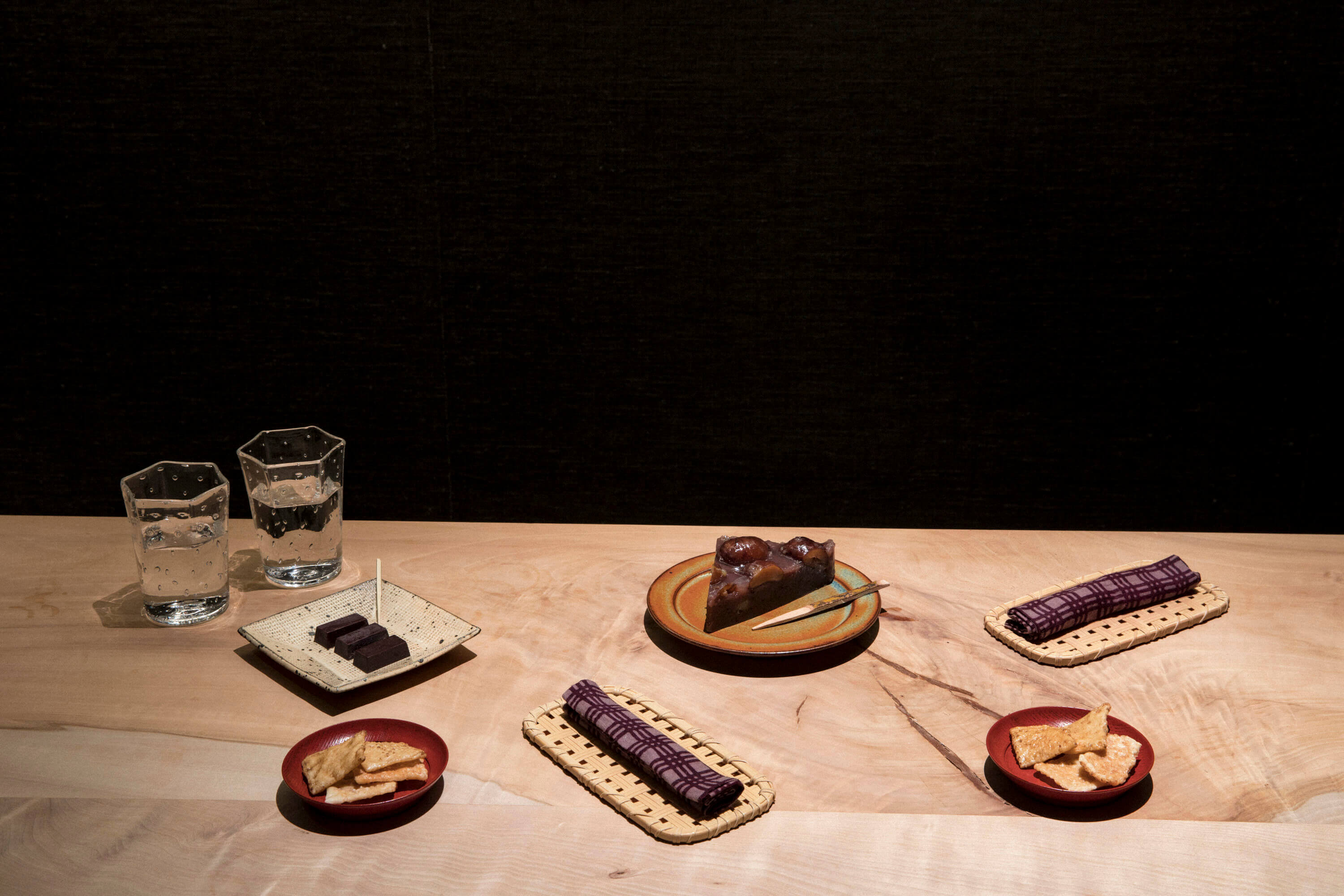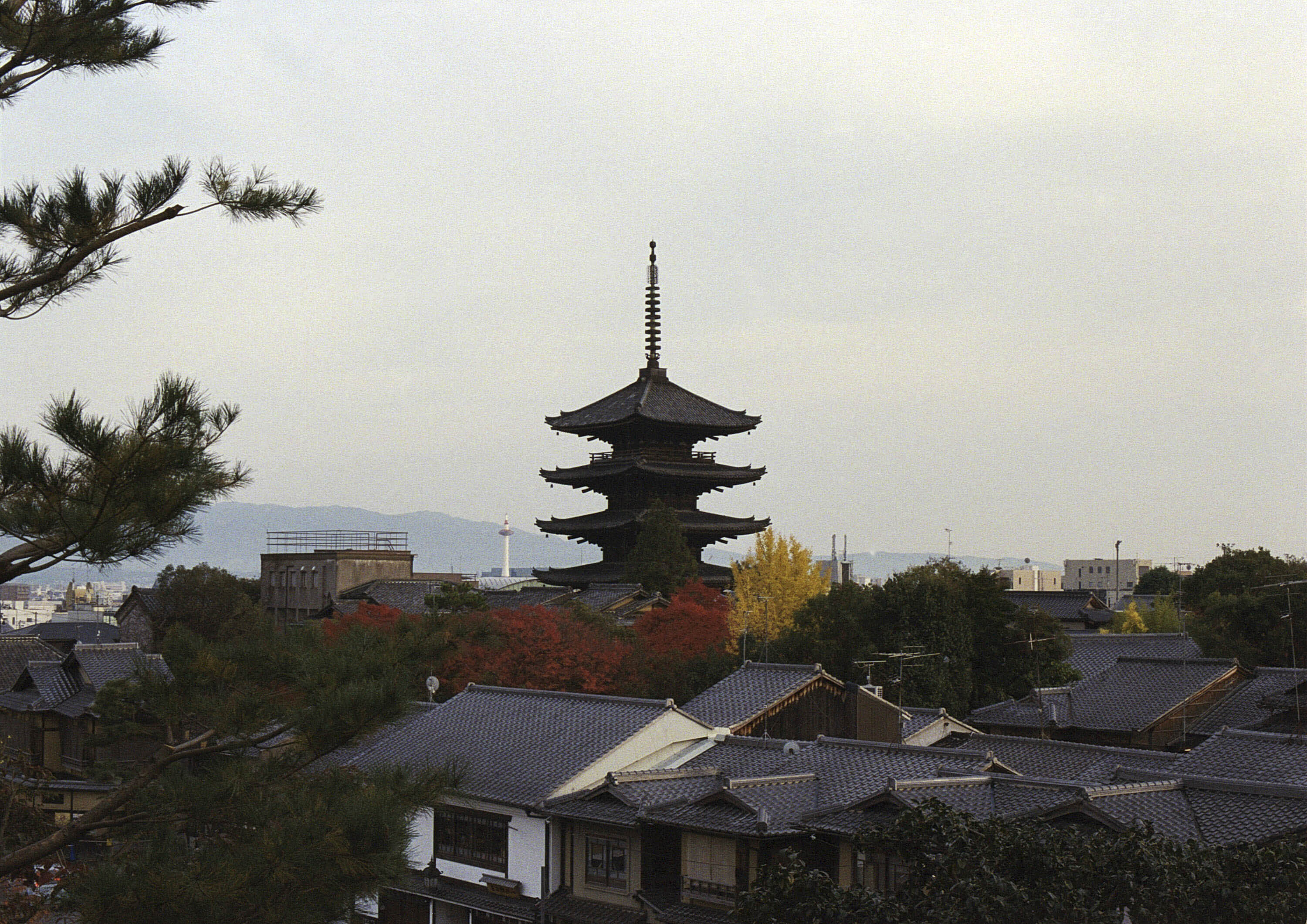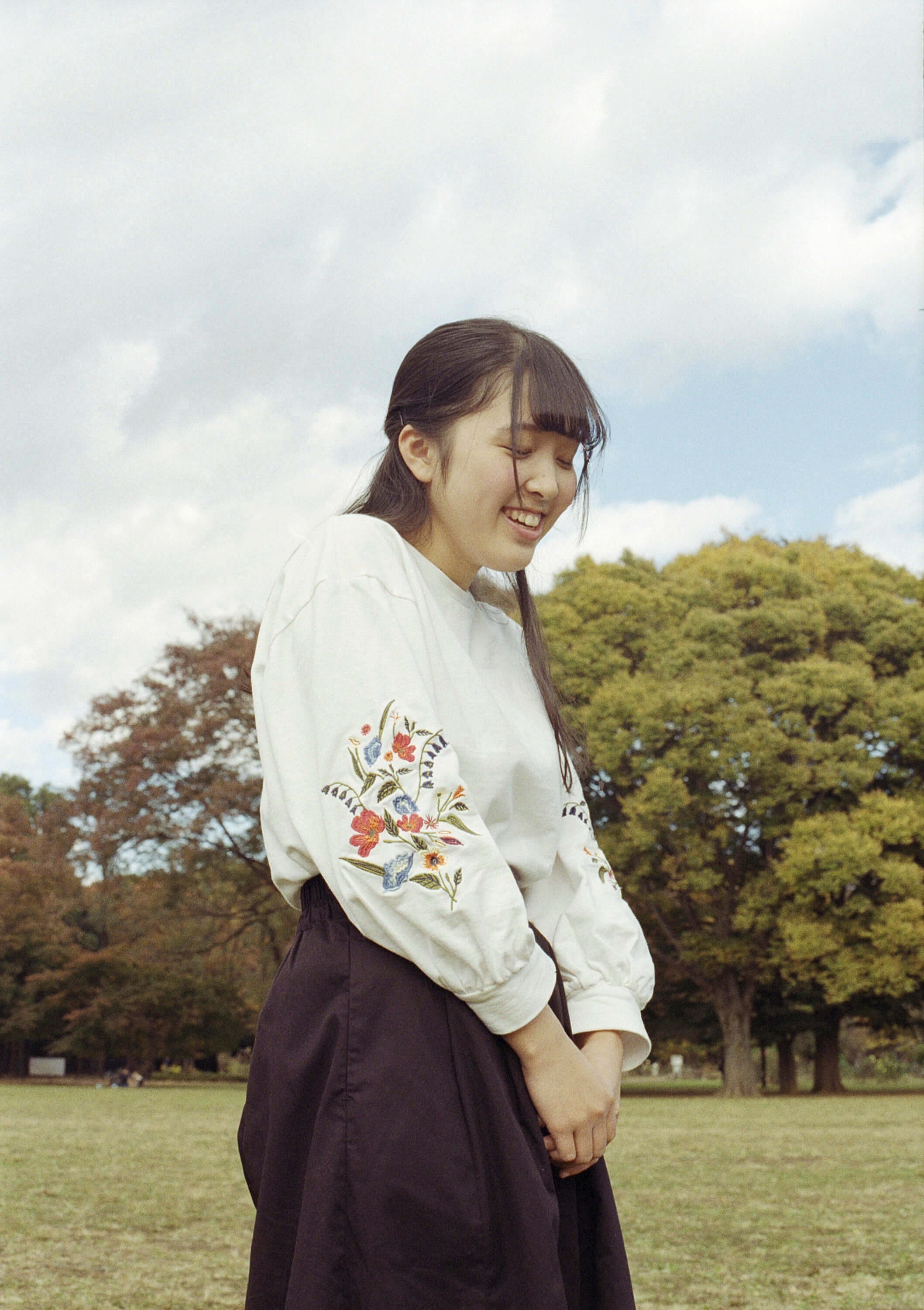
Going back to see the November woods in Japan. Listening with my skin more. Talking to my ancestors at least once a day. Taking my socks off in front of a moss-covered stone. Sea, sea, sea. Learning to play a musical instrument. Stripping myself of erotic nudity. Walking in Yoyogi Park on a Sunday afternoon. Choosing a single flower or herb to put in a large vase. Possibly picking it from my garden. Being on time. Travelling light. Living light. Having more windows open when the weather is good. Developing a less tamed mind.

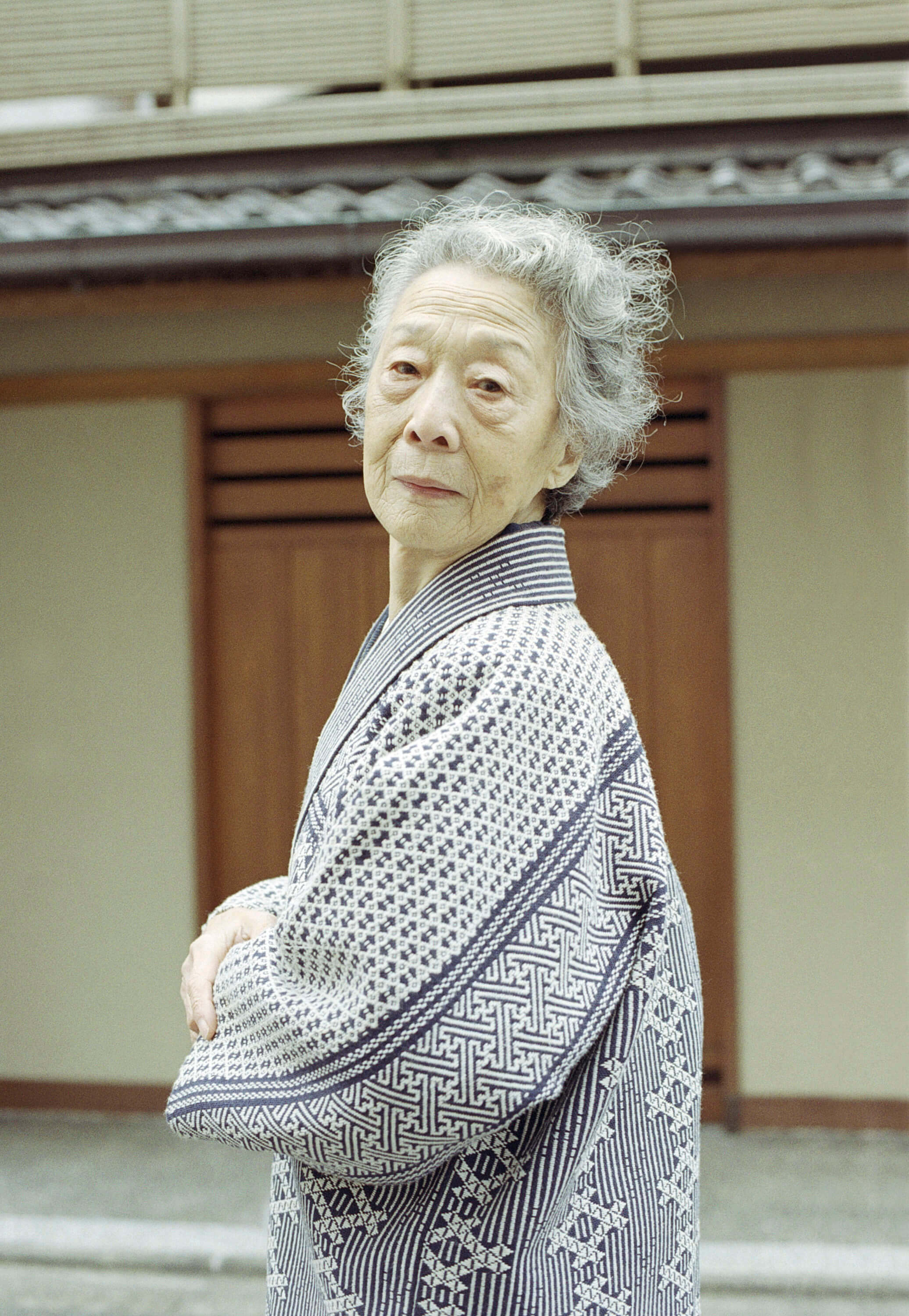
Now it was just 24 hours to our return flight to Italy. Our time in Japan had run out, and every single day someone had talked to us about ancestors, spirits, ghosts, deaths and future lives. And not just as we were walking among the Alpine vegetation along a path at a holy site, something which we might even have expected. But when we were taking a photo of fishermen taking a break or getting the lift to the spa floor, someone had told us about the presence and thought of this mysterious aura that borders with our own, that protects us from falling.
We’d decided to spend that last day shut up in Marunouchi’s most beautiful resort, high up above the city, sheltered from the excitement of Tokyo. If we got involved in the life going on down there, we’d have to open our hearts to the city again, and start afresh. But where from? Seeing the tuna being killed in the general market had been hard for all of us. The sumo beya, the sumo gyms in the western outskirts of the city were empty for a few days, given that the big tournament in Fukuoka, the most populated city on the island of Kyūshū, the southernmost in the archipelago, had just finished. The wrestlers were all on some train or other, coming back.
And then from the 38th floor Tokyo was so dazzling and beautiful, you could just gaze at it for hours. But there was a quick way, no distractions, to get to the 21_21 Design Sight gallery in Roppongi, see the exhibition and come back: six stops on the green Chiyoda Line, from Otemachi to Nogizaka, and a short, quiet walk through Hinokicho Park to the pavilion. At this rate we’ll all end up dreaming the same dreams. The entrance text to the exhibition ended with this sentence. It was probably the longest exhibition of my life: if there was a way of avoiding this fate, I wanted to find out.

We hadn’t got to know the Kii Peninsula well enough we said practically straight away, with a mute gaze, at the last exit leading into Kyoto on the night of Thanksgiving Day. I’d been so stupid as to ask how they’d celebrate Christmas: everyone together? the whole family? What’s Christmas? A festival for kids, for teenagers at most, a time for spending money. Instead, the family reunion was today, to pay thanks for the work. Traditionally it was done with an ancient feast linked to the rice harvest, the emperor’s first taste, the gift given to the kamiin the shrines. At 5.30 in the afternoon, we’d stopped in Matsusaka, a city in southern Kansai, 120 kilometres south of Kyoto.
They’d booked a dinner for us there, in the best meat restaurant in the city. We had to go back to Kyoto by car in the evening. That had surprised them more than a dinner eaten at bathing time. The most beautiful waitress in Matsusaka, the one portrayed in the city brochures, was looking after the slow-burning embers. The decor was part of it all: red-hot coal in the shape of a chrysanthemum, the chrysanthemum flower seal, the same that they use in the tea ceremony, doesn’t give off much smoke or spark. A strong Nambu cast-iron pan, a round, vermillion Wajima lacquerware table, from the Noto peninsula, overlooking the Sea of Japan. She poured white sugar, tamari sauce, a little Kombu seaweed stock, in that order. Then slices of meat, two at a time, thicker than usual. The vegetable garden in a bowl was waiting its turn after the meat: carrots, spring onions, shiitake mushrooms from the north-east, onions from the island of Awaji, neat cubes of fresh tofu. This is the most expensive beef in Japan, fifty dollars for 100 grammes. The whole animal’s worth nearly as much as one of your Ferraris, they said to us, laughing.
Five days before we had blazed our way along the Tōkaidō or “East Sea” road from Tokyo to Kyoto, on the quickest Shinkansen there is. Two-and-a-half hours, just enough time to sort through our inboxes and eat an excellent pale sandwich with Japanese omelette. In Kyoto we had rented our car and set out south-eastwards. There were trains that took you almost anywhere, but there was good reason for travelling by car in rural Japan too. On the first morning in the bamboo forest of the Murō-Akame-Aoyama Quasi-National Park, the monk Tetsuji had told us that his present research was focused on finding a way to remember his present life in the next one. If we remembered our previous life, the world would be a better place. And then straight away, to play down the strength and drama of that sentence: if we remembered how we did business in this life, the next would be much easier.
